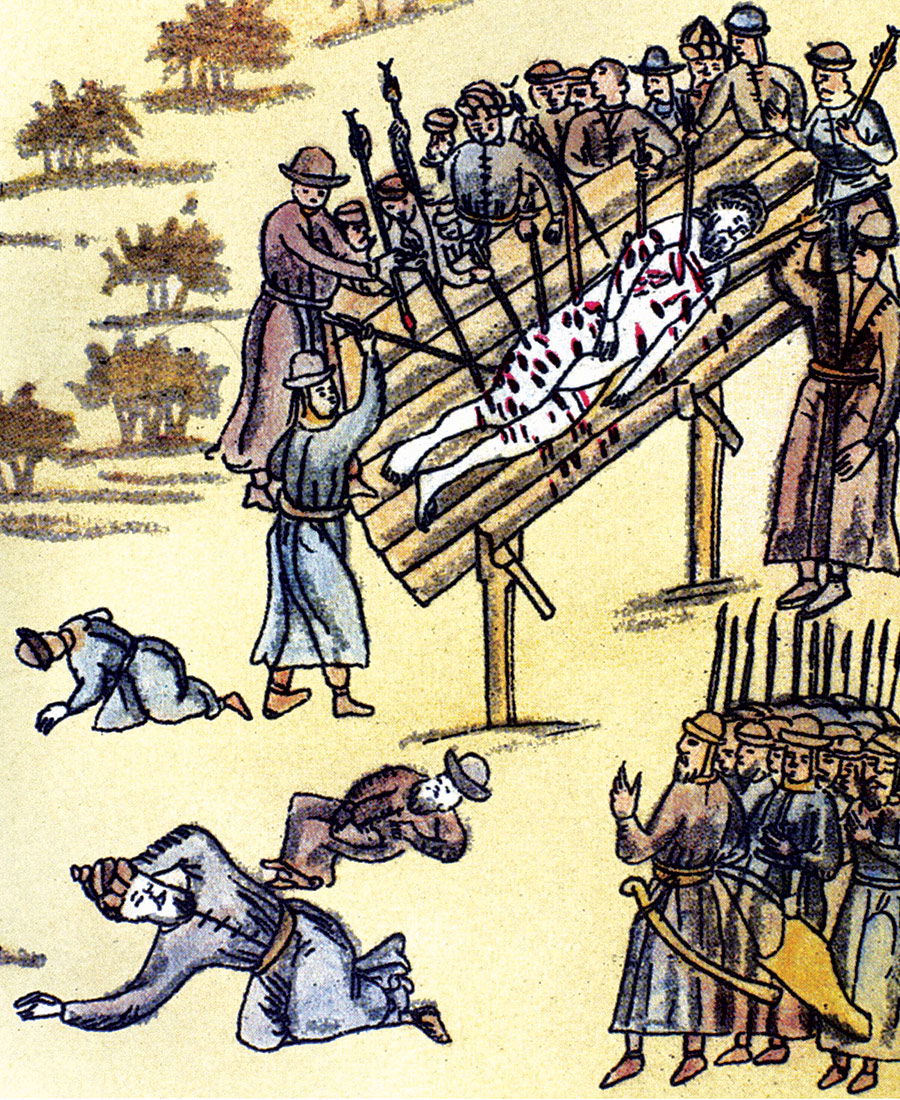
His reign was a series of advances and rebuffs against the Poles and Swedes to the West and the Turks to the South. Tsar Ivan needed money, through the fur trade, with which to acquire Western European skills and technology, and so create his empire. (More properly called Muscovy, since it was based on Moscow - see maps 1 & 2.)Īt the time of the conquest of Siberia, Muscovy was ruled by Ivan IV 'The Terrible' (1530-1584). The Elizabethans were aware of the wealth to be found there and the fur trade drew them to the towns of Novgorod and Archangel, the northern outposts of the rising Russian state. We tend to think only of the discovery of the New World, but there was a similar expansion to the East. The sixteenth century was an age of exploration and adventure, when European countries began to build up land and trade empires across the globe. Illustrated by Paul Hitchin Join Prime Video Channels Free TrialĪn extract from Miniature Wargames 23, April 1985 The Old Wild East of Today, Siberia is the hope of Russia's future, now that all her appended republic have broken away.The Old Wild East of Renaissance Europe: the Muscovite Conquest of Siberia. There is the building of the stupendous Trans-Siberian Railway across seven time zones Siberia's key role in the bloody aftermath of the October Revolution in 1917 and Stalin's dreaded Gulag, which corrupted its very soil.

With vivid immediacy, Bobrick describes the often brutal subjugation of Siberia's aboriginal tribes and the cultures that were destroyed the great eighteenth-century explorations that defined Siberia's borders and Russia's attempt to "extend" Siberia further with settlements in Alaska, California, and Hawaii and the transformation of Siberia into a penal colony for criminalĪnd political exiles, an experiment more terrible than Australia's Botany Bay. From the first foray in 1581 across the Ural Mountains by aīand of Cossack outlaws to the fall of Gorbachev, East of the Sun is history on a grand scale. The richest resource area on the face of the earth, its land mass covers 5 million square miles - 7 1/2 percent of the total land surface of the globe. To most Westerners, Siberia is a vast and mysterious place. East of the Sun, a work of panoramic scope and brilliance, is the first complete account of this strange and terrible story. Four hundred years of continual human striving chart its course, a drama of unremitting extremes andĮlemental confrontations, pitting man against nature, and man against man.

It is the greatest pioneering story in human history, uniquely combining the heroic colonization of an intractable virgin land, the ghastly dangers and high adventure of Arctic exploration, and the grimmest saga of penal servitude in the chronicles of man.

In sweep, color, and grandeur, the conquest and settlement of Siberia compares with the winning of the American West.


 0 kommentar(er)
0 kommentar(er)
